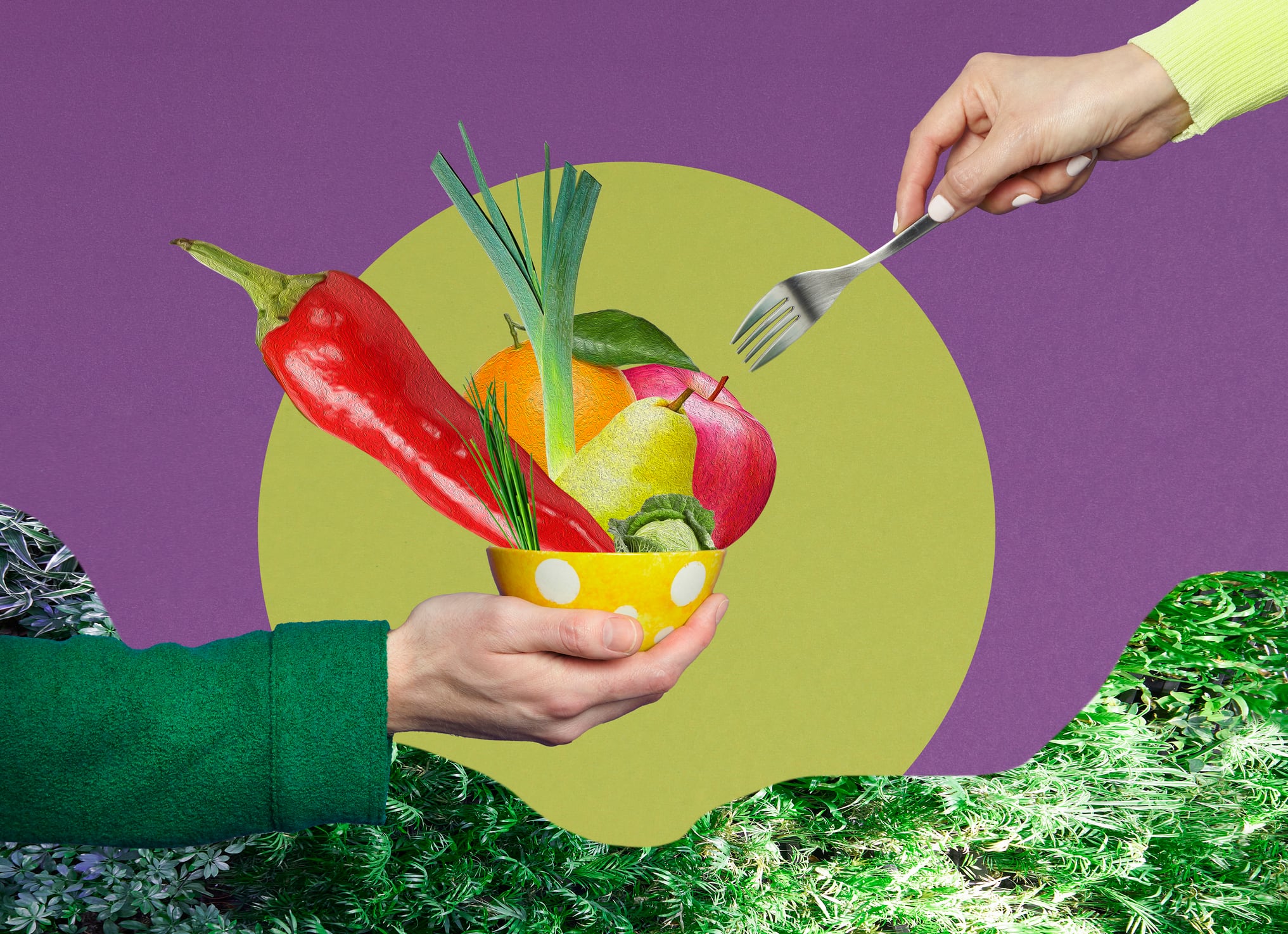Widespread mineral deficiencies have been observed among consumers worldwide. According to the European Union, undernutrition in both vitamins and minerals is a growing problem throughout the bloc.
What are some of the key mineral deficiencies that Europeans face? And can foods be fortified to ease them?
Iodine
Iodine is an important part of good health, contributing to the creation of thyroid hormones, which help keep cells and the metabolic rate healthy, according to the UK’s National Health Service (NHS).
It is found in milk, eggs, fish and shellfish. While it can also be found in grains and cereals, it depends on the amount in the soil where these plants were grown.
Iodine deficiency has several symptoms. It may be linked to goitre, a swelling in the neck caused by an enlarged thyroid gland. It may also lead to hyperthyroidism, which according to the WHO could result in cardiac arrhythmia, osteoporosis, heart failure, and cognitive impairment in older people.
For pregnant women, who need to supply iodine to the foetus, deficiency is particularly dangerous. One study at the University of Bristol suggested that such deficiency could hinder the child’s cognitive development.
Vegans, who avoid animal products which often contain iodine, are recognised as an at-risk category for iodine deficiency, according to the British Dietic Association (BDA).
The increased availability of plant-based alternatives to key sources of iodine, such as meat, fish and dairy, is causing deficiencies across Europe, according to the World Health Organisation (WHO).
Fortification is one solution. Iodine fortification comes in several forms, a primary one being salt iodisation. This involves fortifying salt with iodine. The WHO recommends that all food-grade salt should be fortified with iodine.
This, however, remains uncommon. For example, according to the WHO, in Switzerland only 34% of salt in processed food products was iodised, and only 9% in Germany.
With dietary changes considered, WHO also recommends the fortification of dairy products with iodine. This latter form of fortification is being pursued by EIT Food, in a project called Inspire Organic Milk, which uses seaweed for fortification.

Iron
Iron is one of the most important nutrients in the human diet, as it makes red blood cells, which carry oxygen around the body, according to the NHS.
Some sources of iron include red meats and offal, fish and poultry, nuts and seeds, pulses and legumes, and dark green vegetables.
Iron deficiency can result in heart palpitations, shortness of breath, low energy, and in extreme cases, anaemia. It can also have long-term impacts on the growth of children.
Around 30% of children under five in the UK have iron deficiency, according to a study by University College Cork’s Professor Kevin Cashman, who chairs food and health at the university. However, for the rest of Europe, according to Cashman, this number is unknown.
Iron fortification is, however, widespread. Many breads, baby formulas, and even breakfast cereals are fortified with iron.
Start-ups, such as Sweden-based Ironic, are even playing a hand in iron fortification. Ironic uses precision fermentation to produce iron compounds, which are more bioavailable than naturally occurring iron in plants.
Calcium
Calcium plays a key role in human health, helping build bones and keep teeth healthy, regulating muscle contractions including the heartbeat, and ensuring blood clots normally.
Calcium is mainly found in dairy products like milk and cheese, green leafy vegetables including kale and okra, and fish where you eat the bones, like sardines and pilchards.
Because calcium is so closely linked to bone and teeth health, deficiency in the vital mineral can result in an increased likelihood of a bone fracture or the loss of a tooth, according to the NHS. Calcium deficiency can lead to osteomalacia, also known as “soft bones.”
Severe calcium deficiency may eventually lead to a tingling, cramping or burning sensation around the mouth or fingers, tics and facial spasms, tremors, and seizures.

Deficiency in calcium is widespread around the world. According to a recent study in Nature, in higher income countries such as those in Europe (along with the UAE, New Zealand, and Japan) the prevalence of low calcium diets is increasing, against the trend for most of the world where it is decreasing.
According to an earlier study, Northern Europe had by far the highest calcium intake worldwide.
Plant-based alternatives to milk, such as soy, oat, and coconut milk, are often fortified with calcium, according to the BDA. So are bread, cheese and cereals.
However, several challenges remain for calcium fortification, one study suggests. For example, the low bioavailability of calcium salts means that a lot has to be added to products to make an affect. Furthermore, they may change the flavour, colour and appearance of food.
Magnesium
The role of magnesium in the human body is inextricably linked to food. As well as ensuring that the parathyroid glands, which produce hormones vital for bone health, work, magnesium helps the body turn food into energy.
Sources of magnesium in food itself include spinach, nuts and wholemeal bread, according to the NHS.
The kidneys limit urinary extraction of this mineral, so deficiency in magnesium is rare, says the US’s National Institutes of Health (NIH). The symptoms of deficiency include nausea and vomiting, fatigue, weakness and loss of appetite. Severe magnesium deficiency can affect calcium and potassium levels.
Like the nutrients above, many people aren’t getting enough magnesium. According to the World Economic Forum (WEF), between 10% and 30% of people living in developed countries are, to some extent, magnesium deficient.
This may be about more than just dietary intake. According to one study, magnesium in fruit and vegetables has dropped over the past fifty years, and around 80% of the mineral is lost in food processing. Another suggests that the vast majority of people are at risk of magnesium deficiency.
However, fortification is possible. According to NIH, some breakfast cereals are sometimes fortified with magnesium.

Zinc
Zinc has several and varied roles in the body, according to the NHS. It helps process carbohydrates, fat, and protein, makes new cells and enzymes and even aids the healing of wounds. The mineral is found in meat, shellfish, bread, dairy and cereal.
Zinc affects a wide range of systems in the body, so there’s no single symptom of deficiency. Some common symptoms, however, include poor wound healing, hair loss, reduced smell and taste, lethargy, deformed nails, and low libido in men.
Progressive symptoms can lead to immune problems, severe hair loss and severe diarrhoea.
Zinc deficiency has been found to be relatively high within Europe. For example, a 2021 study looking at zinc deficiency in Western European children aged 1-3 found a zinc deficiency rate of 31.3% (although dietary intake of zinc was not associated with deficiency).
According to the WHO, staple foods, such as wheat or maize flour, pulses, rice, dairy products and sugar, can be fortified with zinc. Serum zinc, zinc in the liquid part of the blood, increased after fortification of cereal-based foods.


